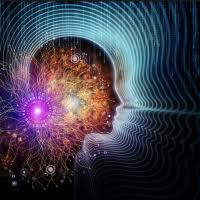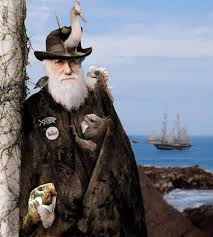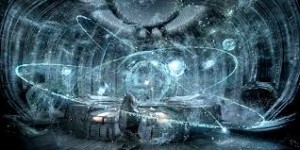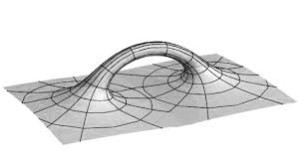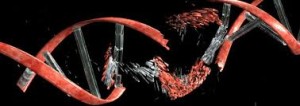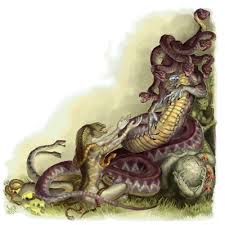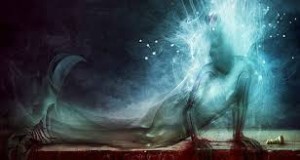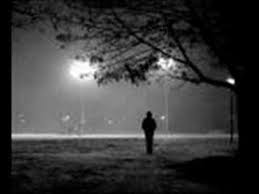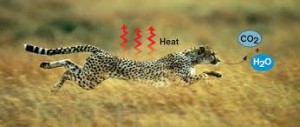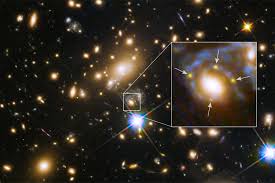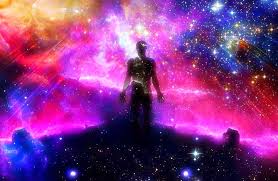DNA is an essential component of the protoplasmic substance of which genes and chromosomes are formed in the cell nucleus, and governs the heredity of all living things.
In microbiology, the first stages of exciting and controversial “genetic engineering” are at hand. This long-sought goal of science involved the very sophisticated recombination of DNA from such different life forms as plants and mammals, say, into new forms not seen on earth before. Such work has been called vital for the understanding of many things–the genetics of all species, the control of at least some diseases, great improvements in the quality of food, plants, and so forth. It’s also been called outright interference with the evolutionary constraints that prevent the interbreeding of species. Although risks may be present in DNA research, such as the unforeseen creation of new diseases, it seems that within strict safeguards recombinant techniques are here to stay.
Once again, however, it’s obvious that as a whole, science is far removed from the idea that each of us–whether that “us” is a human being or a molecule of DNA–creates our own reality. And what if we can learn to assemble sections of DNA from various life forms into new forms? To at least some extent such basic genetic substances would cooperate in the efforts at recombination: for no matter what kind of life developed, it would represent a gestalt of myriad consciousnesses, embarking upon unique explorations.
For centuries now–most of them obviously preceding Darwin–man/woman themselves has been playing the role of a designer through his/her creation of certain breeds of animals and hybrid plants. But we see now that man/woman is no longer content to bring about changes within species, as in cattle, for instance: With vast excitement he/she faces the challenge of “engineering” new kinds of life. Those urges are creative even when, as a designer, he/she goes against his/her own Darwinian concepts that there is no conscious plan involved in the design of his/her world.
